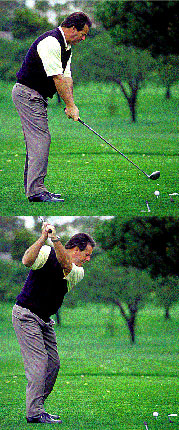Lock positioning
Question
I'm a 17 year old female rugby player and I play for both a club and a school
team. On my school team I was a inside center but I am 6 foot and 175lbs so a
coolie-cutter lock. Since I was an inside center during school games I always
find myself drifting into my old position when playing club. I was wondering
where exactly a lock is meant to go after the scrum and into the 3rd and 4th
phases, and if you had any advice on the transition.
Answer
I recently answered a question like this so I have pasted it in below. I always suggest working with a senior lock, get with them at training an shadow them in games. Ask you coach for more feed back.
Make up a "job description" with your coach. After training sit down with coach and together make clear notes of each duty you / your position is expected to do in a game. Refer to this card and use it to visualize yourself succeeding at each task. Visualization is a big factor in any sport - it works.
Watch a lot of rugby - as much as you can, and focus on your position during the game, taking notes. Get a friend or family member to video your games focusing on YOU and go over the tape, taking notes. Compare your game with the pro's and if you do this on a weekly basis you will have fun and learn a lot.
If you were a good inside center keep an eye on that position - does your coach know? There is nothing wrong with a large back in fact it could make for a very usefully back. Too many players and coaches think that backs are small and forwards are big. Backs who are small generally dislike facing an opposition back line that is huge as well as fast and skilled.
Below is the old question:
Question: I am a female rugger, 6', 150lbs and I started playing rugby about a year ago. I play for a brand new club team for my college and have been playing a lock and jumping or lifting for lineouts. I enjoy my position but I'm not sure what my role is 99 of the time that I'm on the field. I'm confident about scrumming, lifting, and jumping, but the rest of the time I feel at somewhat of a loss.
Answer: This is a question that I could wright a book on to answer, the main things a lock does in between set pieces (scrum, lineout and kick-off) is to be very involved in the rucks and mauls. Either in the ruck or maul pushing and going for the ball or if you arrive at a ruck or maul and it is well won hang back to be a runner that the half back can pass to.
Get with a veteran lock, flanker or even a good prop and tail them.
I do suggest buying a book on rugby I saw one the other day called "Thinking Rugby" - it looked good.
Get as many games of rugby on video, DVD, TV and follow the locks in the game to see what they do - this is a great way to see what the pros do.
Support the player with the ball so they can pass to you, if they get tackled help them out by going to them and aggressively striping the ball off them before the opposition does.
finding a place to play
Broken Boots


